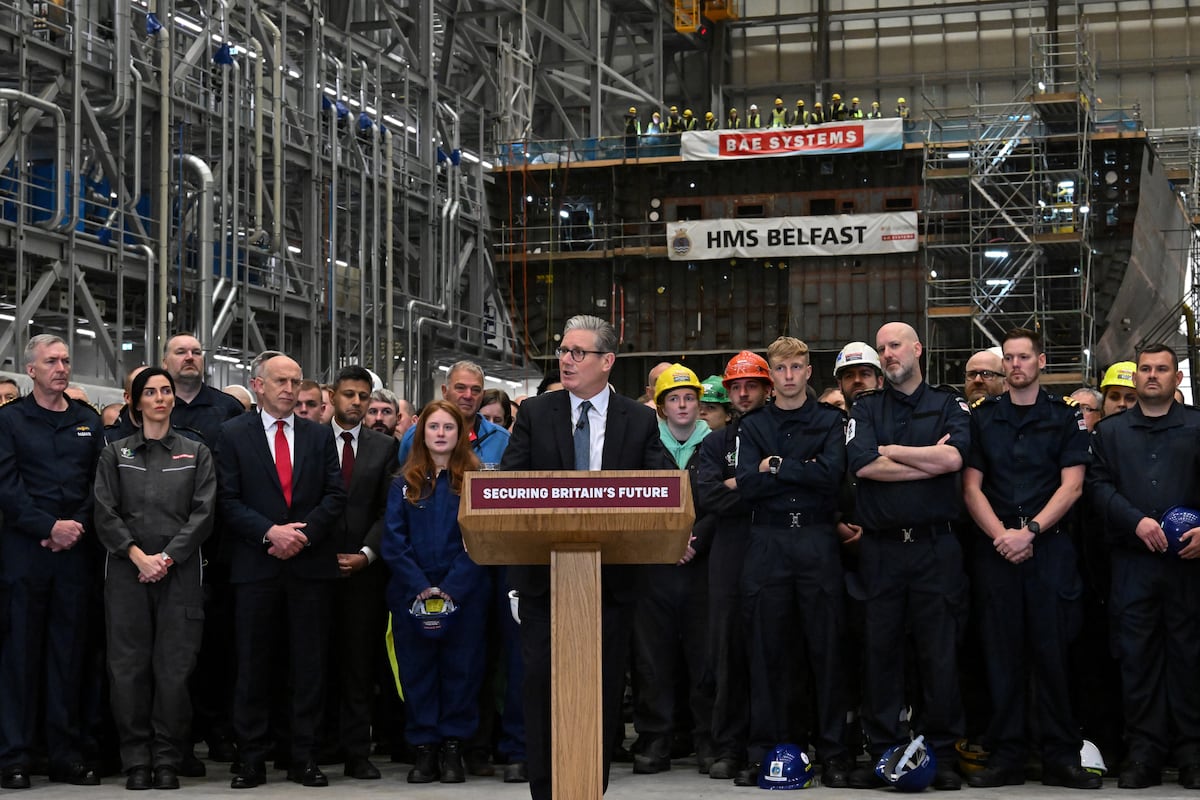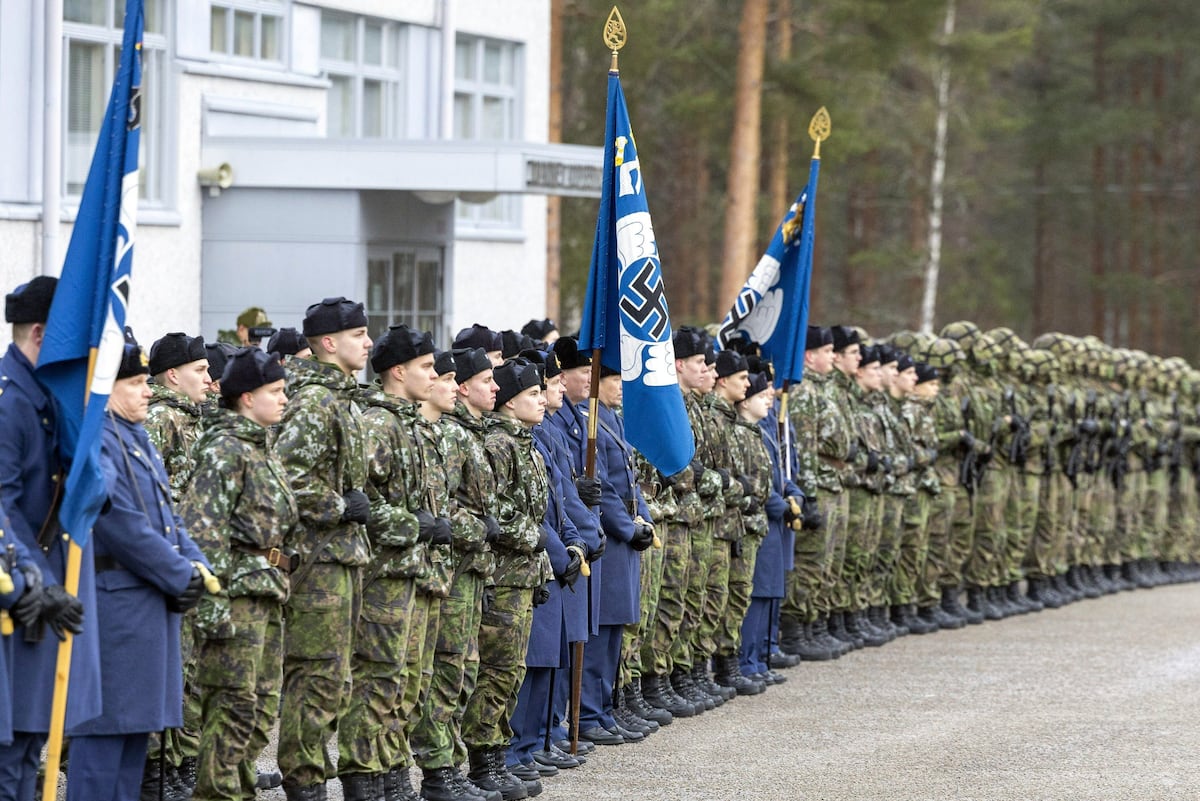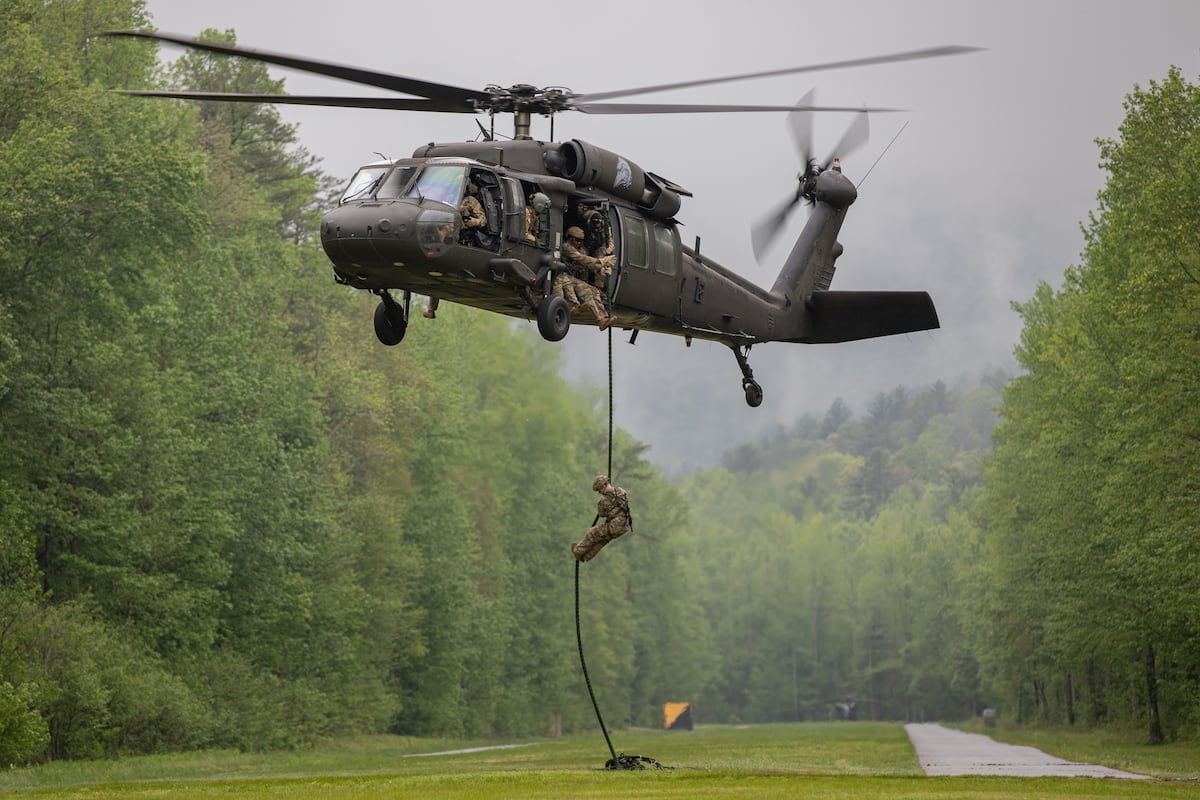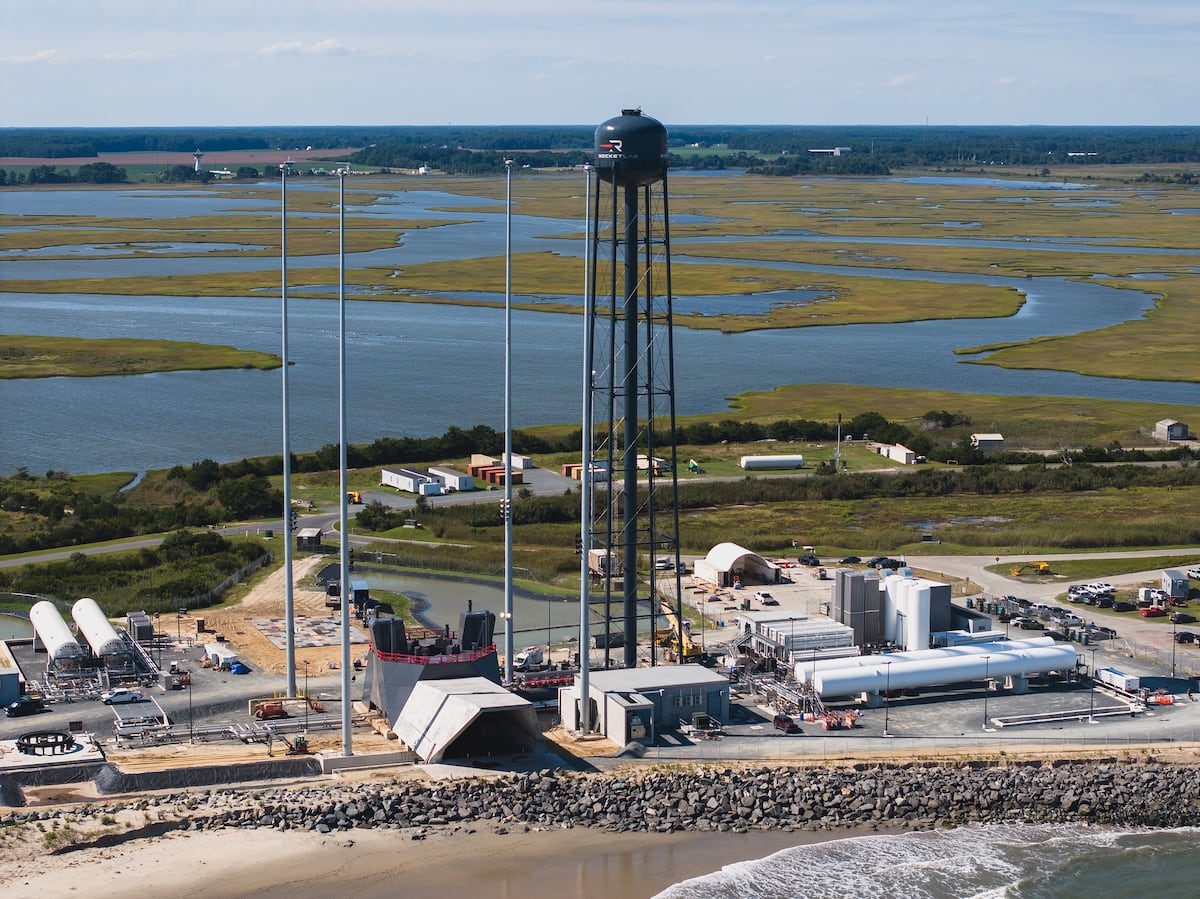THE HAGUE, Netherlands — British Prime Minister Keir Starmer on Monday unveiled sweeping defense reforms and spending increases, pledging to transform Britain into a “battle-ready, armour-clad nation” as he launched the findings of his government’s Strategic Defence Review at Govan shipyard in Glasgow. Among the rearmament measures is an announcement that the country will build up to twelve new attack submarines.
Speaking against the backdrop of Type 26 frigates under construction, Starmer announced plans to raise defense spending to 2.5% of GDP by 2027, with an ambition to reach 3% in the next Parliament “subject to economic and fiscal conditions.”
The increases represent “the largest sustained increase in defense spending since the end of the Cold War,” the prime minister said.
The UK will significantly expand its nuclear-powered, conventionally armed submarine fleet, Starmer announced, with the government purchasing and UK shipyards building up to a dozen new SSN AUKUS-type vessels. Production was to be scaled up to allow a new sub to be launched every 18 months, the prime minister said.
It’s part of an ambitious industrial expansion program, also promising to build “at least six new munitions factories,” which the government says will generate over 1,000 jobs and produce “thousands of new long-range weapons,” supporting around 800 additional positions.
Just yesterday, the UK’s Defence Secretary John Healey announced that the government is planning to buy 7,000 new cruise missiles.
The review identifies three core priorities: shifting to “warfighting readiness” as the central purpose of Britain’s armed forces, strengthening NATO contributions through a “NATO first” policy, and accelerating innovation “to a wartime pace.”
Starmer also confirmed a £15 billion ($20.3 billion) investment in the sovereign warhead programme, the British nuclear weapons program, claiming it will create 9,000 jobs plus thousands more in the supply chain. This would constitute a “historic renewal of [Britain’s] nuclear deterrent.”
The United Kingdom maintains a submarine-based, nuclear second-strike capability, with British atomic warheads deployed in the world’s oceans at any given time.
The Prime Minister set an ambitious target to create “an Army which is ten times more lethal by 2035” through the integration of drones, destroyers, AI, and aircraft across all service branches. He promised to “end the hollowing out of our armed forces” while delivering “the biggest armed forces pay rise in 20 years.”
The government also plans to establish a “hybrid Royal Navy” that combines drones with traditional warships and submarines to patrol the North Atlantic, alongside investments in air and missile defense systems to “better protect these islands.”
Framing the spending increases as a “defense dividend” for working people, Starmer argued the investments would drive “jobs and investment throughout the country” while providing “local opportunities, skilled work, community pride.”
The announcement comes as Britain faces what Starmer characterized as threats “more serious, more immediate and more unpredictable than at any time since the Cold War,” citing war in Europe, new nuclear risks, and daily cyber attacks.
“We know that threats are increasing and we must act decisively to face down Russian aggression,” said Healey.
Linus Höller is a Europe correspondent for Defense News. He covers international security and military developments across the continent. Linus holds a degree in journalism, political science and international studies, and is currently pursuing a master’s in nonproliferation and terrorism studies.
Read the full article here







Leave a Reply